|
By Sharon Giltrow As a reader, think about one of your favourite books... What do you remember the most? The plot or the characters? For me it is often the characters. The characters take me on a journey through the story. When I read a story, and connect with the characters, that is when the magic happens. As a writer, you need to connect to your characters too. But how? Interview them. Here are some questions your can ask your characters. Get to know them better, and uncover their unusual and funny traits. Does your character...
Written by: Rory H. Mather Illustrated by: Shane McG Published by: Scholastic Australia July 1st 2021 There were pirates in the paperbacks, a bear in fantasy. Then I saw a smiling cat, staring straight at me. Why are all thee book characters on the loose? They need to get back in their books. In the hilarious story, GET BACK IN YOUR BOOKS, author Rory H. Mather has literally brought his characters to life. He has taken well-know characters, and made them break a very important rule - stay in the book. Here are two of Rory's favourite and funny pages. See if you can recognise any of the characters. R- “The 'Puff!!!' spread is probably my favourite in the book because not only has Shane McG done an amazing job of the illustration, but it is also a flow on spread where the last line on the previous spread has ended with . . . and you need the page turn to finish the rhyme/line. I have always loved those and try to incorporate them whenever possible. R- “My second favourite spread - to be honest I love EVERY spread in this book because Shane and the design team at Scholastic have made a masterpiece - is this one. It has the text that appears on the back cover of the book and I just love the layout and the characters. Well, that’s it from me this month, see you in August, with another great Aussie book. Share a laugh, and connect with someone today. GIVEAWAY
For a chance to win a copy of GET BACK IN THE BOOKS 1. Comment on this blog post 2. Share this blog post on social media 3. Follow Sharon on twitter 4. The winner will be announced on twitter on Monday 2nd August BIO: Sharon Giltrow grew up in South Australia, the youngest of eight children, surrounded by pet sheep and fields of barley. She now lives in Perth, Western Australia with her husband, two children and a tiny dog. Sharon has taught for all of her career. Previously a teacher of children who are hearing impaired and Deaf-Blind, she now teaches young children with Developmental Language Disorder. Her humorous debut PB BEDTIME DADDY! released May 2020 through EK books. Sharon’s humorous follow up PB GET READY, MAMA! Is due to be released through EK books in 2022. She was awarded The Paper Bird Fellowship for Writers in 2019, during this time she wrote her early middle grade book SAMARA RUBIN AND THE UTILITY BELT, which will be released in 2021 through Clear Fork Publishing’s new imprint &MG. She was recently awarded a U-15 K Arts Grant to further develop her early middle grade series – THE UTILITY BELT. CONNECT: https://www.instagram.com/sharongiltrow1/?hl=en https://www.facebook.com/sharongiltrowwriter/ https://twitter.com/sharon_giltrow https://sharongiltrow.weebly.com/ by Bryan Patrick Avery It’s been a busy year for me (yay!). I had a story appear in an anthology edited by Chris Grabenstein, saw my debut picture book come into the world and I’m just two weeks away from the release of the first four books of my chapter book series. It’s been a whirlwind, but I wouldn’t change a thing. One of the most enjoyable aspects of this past year has spending time with readers, booksellers, librarians, teachers, and other writers talking about my books. One of the things I’ve found surprising is how little I actually talk about the books themselves. I’ve learned a valuable lesson and I’d like to share it with you: When people come to an event to see you talk about your book, they’re actually hoping to get to know you. It was surprised by this, at first, but it actually makes sense. Readers want a connection with the author. That connection helps them relate to the writer and relating to the writer helps them relate to the book. I’ve never been asked by a reader “what’s your book about?” Instead, they tend to ask variations of these three questions: Why do you write? This is easy for me. I’ve been making up stories since I was a little kid. I started because I wanted to create stories I couldn’t find anywhere else. That’s still the case today. Why did you write this? This answer, of course, depends on the book. I wrote THE FREEMAN FIELD PHOTOGRAPH to honor my grandfather, and his fellow Tuskegee Airmen, who risked everything to fight Jim Crow in the military. I wrote “The Magic Day Mystery”, which appears in SUPER PUZZLETASTIC MYSTERIES, because I wanted to create a young African American student who was a magician and a sleuth. MR. GRIZLEY’S CLASS, my upcoming early chapter book series, gave me the opportunity to create a diverse class of students who support each other and are led by an African American teacher who, despite his size, dispels the myth of the big scary black man. What do you like to read? This, for me, is where things get a little dicey. I read a lot of different things, from science fiction for kids to mysteries for adults and everything in between. I tell people this, especially kids who ask, because I think it’s important to read whatever you want. Graphic novel? Fine. Picture Book? Go nuts. Complete Tales and Poems of Edgar Allan Poe…you get the idea. These are the three questions I think about now as I’m preparing to talk, in public, about my books. It helps readers understand and relate to me and provides a common ground for us to connect. I’d encourage you, if you haven’t already, to think about how you would answer these questions the next time you’re going to talk to someone about your book. Well, that’s all for this month. Happy writing and have a magical month.  Bryan Patrick Avery is an award-winning poet and author of books for children from toddlers through middle grade. His middle-grade story, “The Magic Day Mystery”, appears in SUPER PUZZLETASTIC MYSTERIES, an anthology from HarperCollins and the Mystery Writers of America. His debut picture book, THE FREEMAN FIELD PHOTOGRAPH, illustrated by Jerome White, was published by Clearfork Publishing/Spork. His early reader series, MR. GRIZLEY’S CLASS, illustrated by Arief Putra, is available in August from Picture Window Press. Bryan lives in Northern California with his family. By Melissa Stoller Glance around your home, in rooms such as the living room, bedroom, and office. Chances are you will find objects that can become excellent story starters. Here are a few prompts to help spark your imagination as you write stories this month: Find a photograph sitting on your living room mantle. Describe the setting. Who is featured in the photo? What do the people look like and what are they wearing? Choose to write about the subject’s actual history or make up a tale about possible background, goals, and dreams. Create a plot drawing from your observations and imagination.
I hope these prompts help inspire a few new manuscript ideas or add layers to any works in progress. Let me know in the comments. Happy writing! BIO: Melissa Stoller is the author of the chapter book series The Enchanted Snow Globe Collection - Return to Coney Island and the picture books Scarlet’s Magic Paintbrush, Ready, Set, GOrilla!, and Sadie’s Shabbat Stories. Planting Friendship: Peace, Salaam, Shalom (co-written with Callie Metler and Shirin Rahman, illustrated by Kate Talbot), releases from Clear Fork Publishing in October 2021. Melissa is a Blogger and Course Assistant for the Children’s Book Academy, a Regional Ambassador for The Chapter Book Challenge, a volunteer with SCBWI/MetroNY, and a founding member of The Book Meshuggenahs. In other chapters of her life, Melissa has worked as a lawyer, legal writing instructor, freelance writer and editor, and early childhood educator. She lives in New York City with her family, and enjoys theatre, museums, and long beach walks. CONNECT: https://www.MelissaStoller.com https://www.MelissaStoller.com/blog http://www.facebook.com/MelissaStoller http://www.twitter.com/melissastoller http://www.instagram.com/Melissa_Stoller http://www.pinterest.com/melissa_Stoller https://www.TheBookMeshuggenahs.com
By Karen Yin
“Don’t write in rhyme” was one of the first things I was told as I dipped my eager toes into kidlit waters. I heard it over and over—from kidlit authors, bloggers, instructors, critique partners, and peers online—well before I wrote Whole Whale, my debut picture book, which is in rhyme.
Whole Whale was written by Karen Yin, illustrated by Nelleke Verhoeff, and published by Barefoot Books (June 1, 2021).
But why not write in rhyme? After all, rhyming picture books are still being published and do quite well. In What If… (by Samantha Berger and Mike Curato) and Dozens of Doughnuts (by Carrie Finison and Brianne Farley)—two of my favorites from recent years—the rhyme heightens the story, not to mention my admiration for the writer’s artistry. Common reasons for discouraging rhyme include:
The caution to avoid rhyme is intended as an act of kindness, to save us time and the grief of rejection. I mean, I get it. For many agents and editors, the prospect of finding rare rhyming gems doesn’t outweigh the cringe of processing the kidney stones of poetry. So when Whole Whale emerged as rhyme, I was genuinely horrified. First, I didn’t want to make my life as a PB-writing noob harder by going against collective counsel. Second, my knowledge about rhyming could fill a thimble, maybe halfway. In Whole Whale, a story about making space for all, animals gather in the pages of the book to play, but the largest one can’t fit. The working refrain—“But surely not the whole whale!”—both haunted and inspired me. Before I knew the storyline, I could feel its rhythmic body. It marched with an urgency that mounted with every verse. In total contrast, when I attempted Whole Whale as prose, I could not find my way into the story. Suppressing rhyme was stressing me out, and it would be a relief to write it and give it form. So, instead of throwing my hands up, I viewed the industrywide discouragement as a challenge to make my rhyme and story arc impeccable. From the start, I was careful to not sacrifice story for the sake of rhyme—a common problem. My objective was to ramp up the whale’s predicament. If the lack of space seemed dire for her in the beginning, I wanted it to be utterly impossible toward the end, before the solution was revealed. After studying key chapters on poetry basics from A Poetry Handbook by Mary Oliver and Writing Picture Books by Ann Whitford Paul, two essential works from my personal library, I finished a draft and showed it to my critique partners. The original first verse: A mink, a moose, a mouse caboose. A monkey and a mother goose. A hundred animals fit in this tale, but surely not a whole whale! I had no trouble with perfect rhyme, which you’re encouraged to use when writing for children. That means matching the “-oose” in caboose and goose and the “-ale” in tale and whale. Done and done, right? No. Thankfully, my critique partners pointed out that several lines, including the third line above, were, um, awkward. Kind of bad. Horrible, even. At the time, it wasn’t feasible to take a course, and the more I consulted the internet, the more confused I got, so I made a decision to not get fancy with the rhythm and just stick to four iambs per meter: da-DA da-DA da-DA da-DA. Even though it made rhyming harder in some respects, I trusted that constraining my options would help me veer from tricky, advanced territory. Part of me wanted to play it safe, absolutely. But I was also sold on the mood of words ticking away. It was the heartbeat needed to underline my whale’s gigantic problem. The final version: A mink, a moose, a mouse caboose. A monkey and a mother goose. A croc, a hawk, a shark, a snail, but can we fit a whole blue whale?
To counter the potential monotony of syllables rocking between unaccented and accented from start to end, I chose unusual words, like caboose, throng, and prowl, to continually energize the language. Working with an iambic meter also reminded me to age down the writing, which is why, to my sorrow, I eventually let go of the word surely, despite it being an important part of my inspiration. (No worries. Surely lives on as the name of my plush whale.)
With the translation issue, I decided to ignore it—ha ha! But with good reason. In a blog post for Highlights Foundation, multibook author and faculty member Diana Murray shares this illuminating bit: “There are popular rhyming texts out there which have been translated into every imaginable language. In fact, the translations don’t necessarily have to rhyme. Furthermore, a book can still be considered very successful and profitable even if it doesn’t sell a single translation.” So don’t let concerns over translatability and international sales quash your rhyming dreams. For what it’s worth, according to Bookfinder.com, Whole Whale is already being sold in the U.S., U.K., Ireland, Canada, Australia, Italy, France, Switzerland, and Germany—in the original English text. As for how my non-rhymer rhyme fared in the cold, cruel world, this is what American Library Association’s Booklist said about Whole Whale: “The artwork is cheerful and bright with high-contrast colors, depicting wonderfully unusual animals.…But perhaps the truest charm of this book lies in its language, rich with assonance, alliteration, and internal and end rhymes and liltingly cadenced with read-aloud rhythm.” (May 15, 2021) In conclusion, if rhyme is in your heart, don’t hesitate to start. And now for my GIVEAWAY with a Mira created graphic. GIVEAWAY INSTRUCTIONS: For a chance to win a copy of WHOLE WHALE: 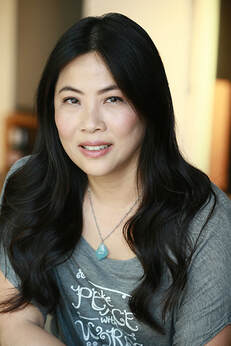
BIO:
In 2019, Karen Yin graduated from The Children’s Book Academy with a record number of Golden Tickets (eight) from judges. She is the author of Whole Whale (Barefoot Books, 2021) and So Not Ghoul (Page Street Kids, 2022). Acclaim for her writing includes a Lambda Literary Fellowship, a Table 4 Writers Foundation grant, an SCBWI Nonfiction Grant, and selection of her flash fiction for the Los Angeles Public Library’s permanent collection. Winner of the 2017 ACES Robinson Prize, Karen founded several nationally acclaimed digital tools for writers and editors, including Conscious Style Guide, The Conscious Language Newsletter, and the Editors of Color Database. Karen is a member of SCBWI, the Authors Guild, and the Dramatists Guild. She lives with her partner and their cat friends on a mountain near Los Angeles. CONNECT: Website: https://karenyin.com Twitter: https://twitter.com/karenyin Instagram: https://www.instagram.com/karensoffice/ Goodreads: https://www.goodreads.com/karenyin Book recommendations: http://diversepicturebooks.com/ PURCHASE WHOLE WHALE: Amazon: https://www.amazon.com/Whole-Whale-Karen-Yin/dp/1646861639/ Barnes & Noble: https://www.barnesandnoble.com/w/whole-whale-karen-yin/1137639683 Bookshop.org (affiliate link): http://bit.ly/whole-whale-bookshop
Quickie note from Mira: I was truly thrilled when Karen sent me a copy of her book. I loved it so much that I made a video review of it. I hope you enjoy it!!!
|
We are so excited to be mixing things up at CBA, beginning with some delicious additions to the Blogfish. Meet our awesome bloggers!!
Here's our lineup: 1st Mondays begin with former school psychologist Dr. Debra Collins who will be writing about Social emotional Learning in kidlit and behind the scenes as well as Jewish children's books. 2nd Mondays will feature super smart Melissa Stoller whose career is taking off with several new books. 3rd Mondays will feature our new blogger coming soon. 4th Mondays features new blogger, the fabulous Brentom Jackson, who has a beautiful approach to blogging. And 5th Mondays we'll be taking a break Archives
July 2024
|
|
Discover
|
About Us
|
Join Us
Join our Community and receive a fabulous free gift, KidLit tips, newsletters, scholarship info, contests, and more!
Join our KidLit Mentorship |
Social Media
Interact with our FaceBook Group or follow us on:
|
© 2010-2024 All content on this website is copyrighted. Sorry, all courses are non-refundable.
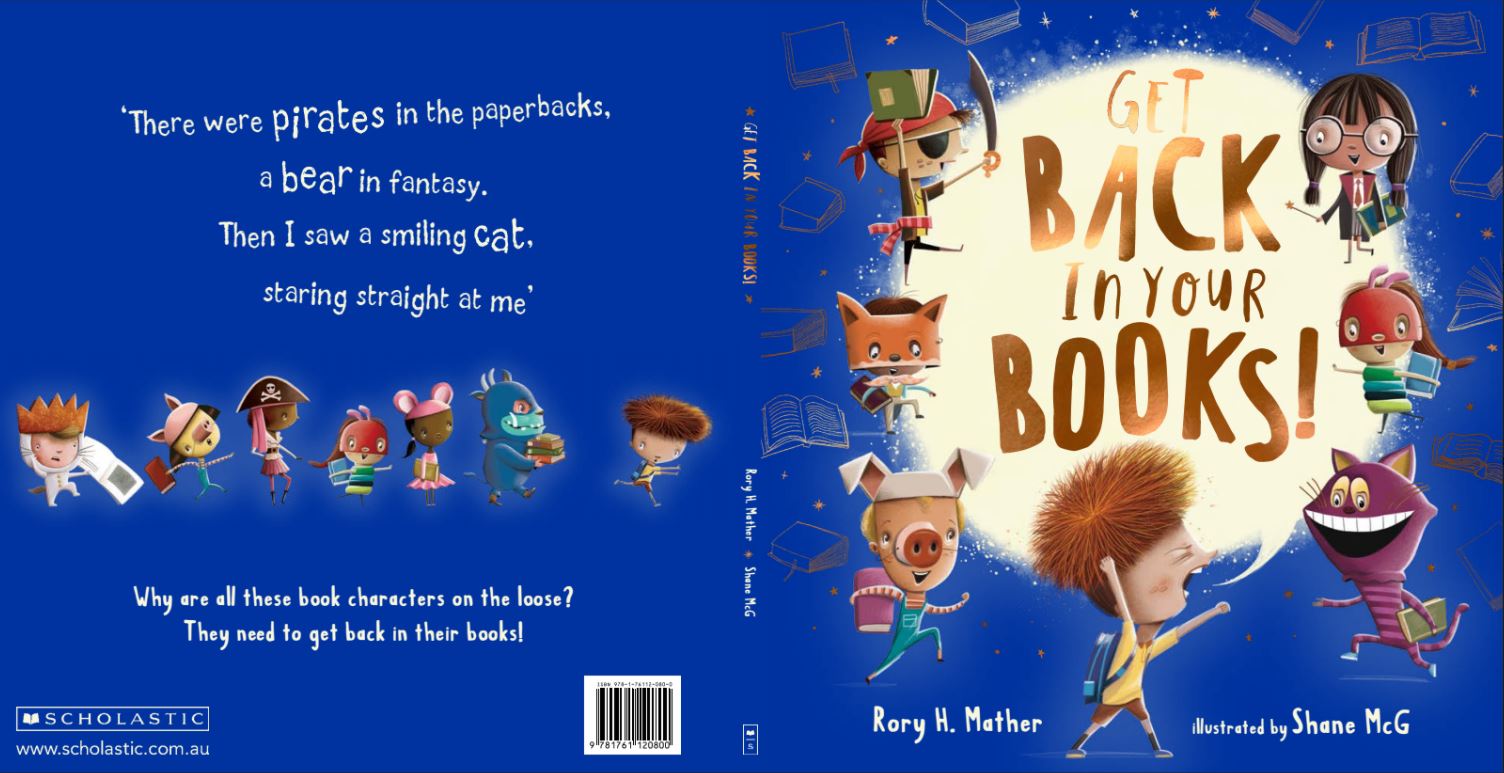
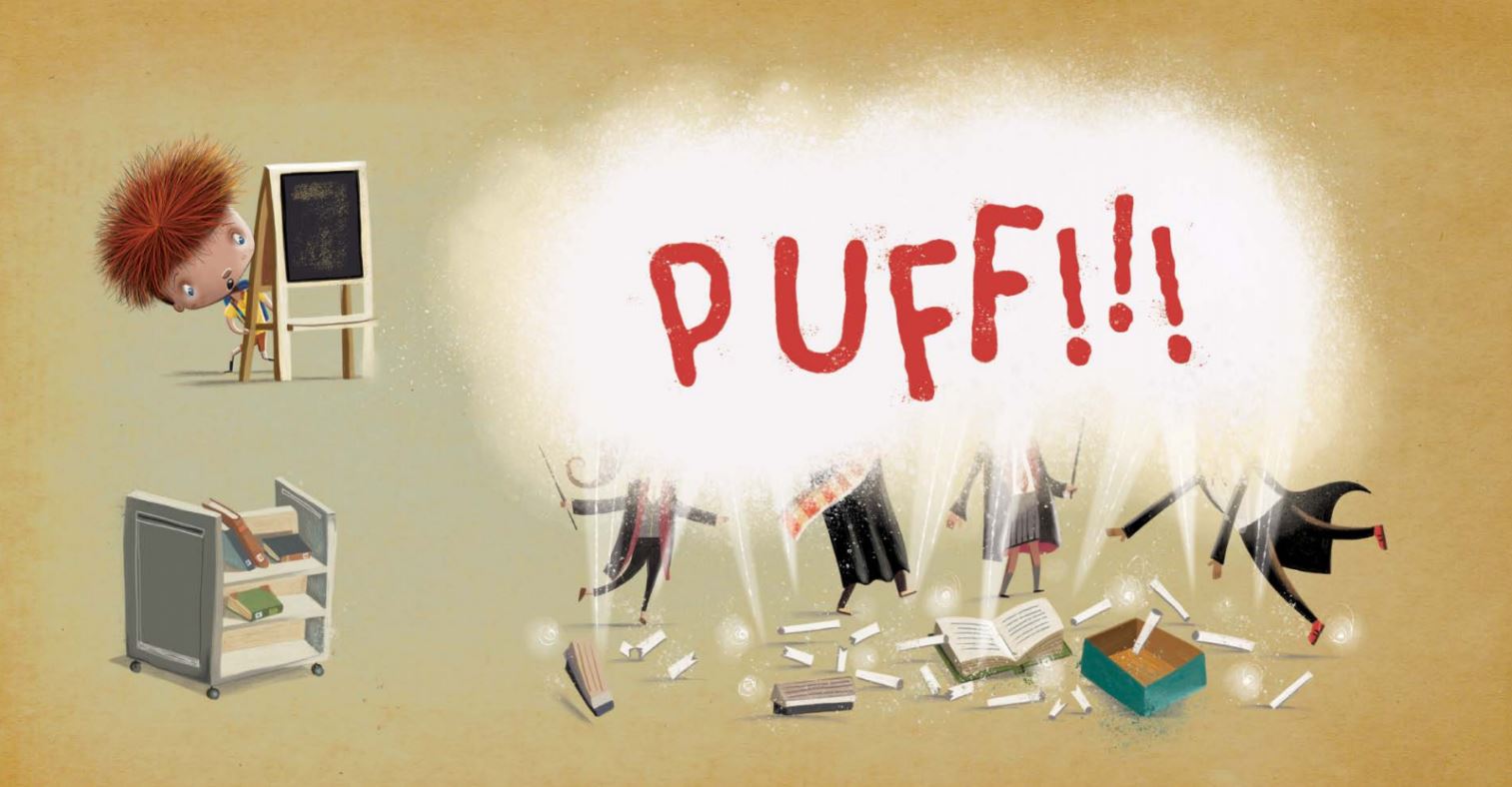
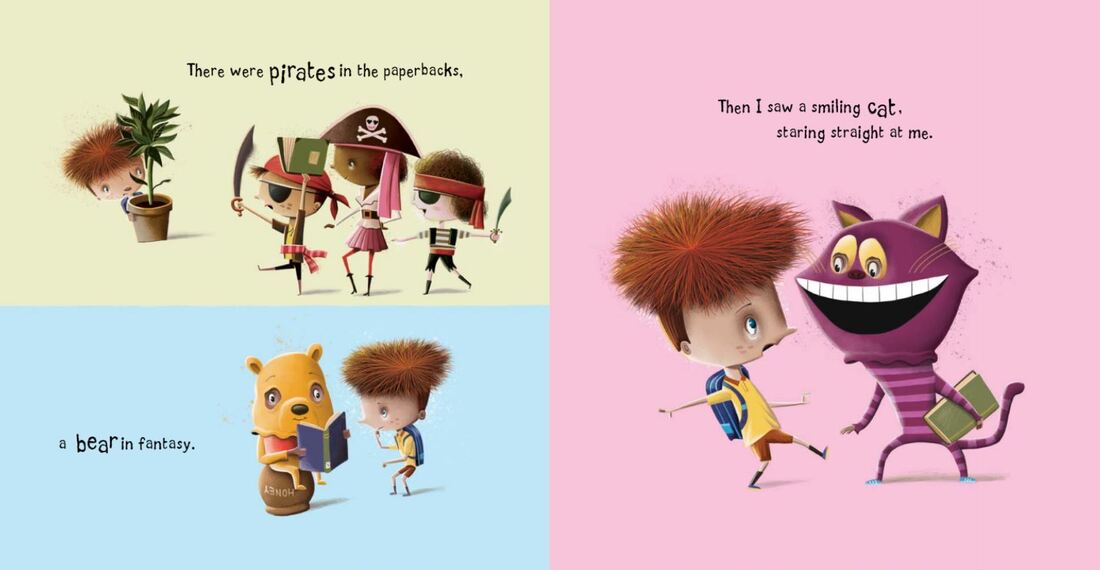
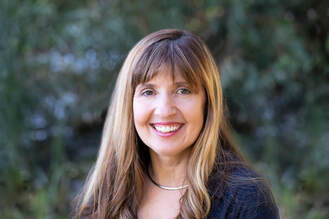
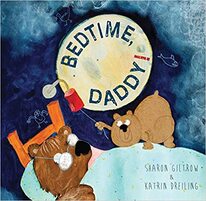
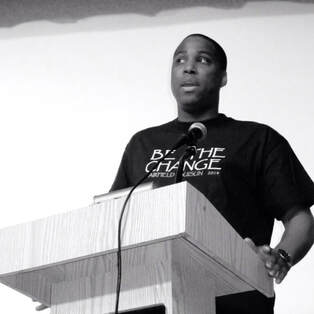
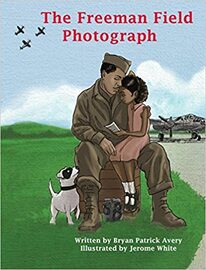
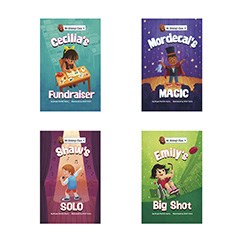
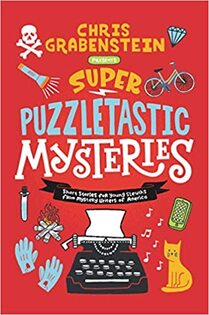
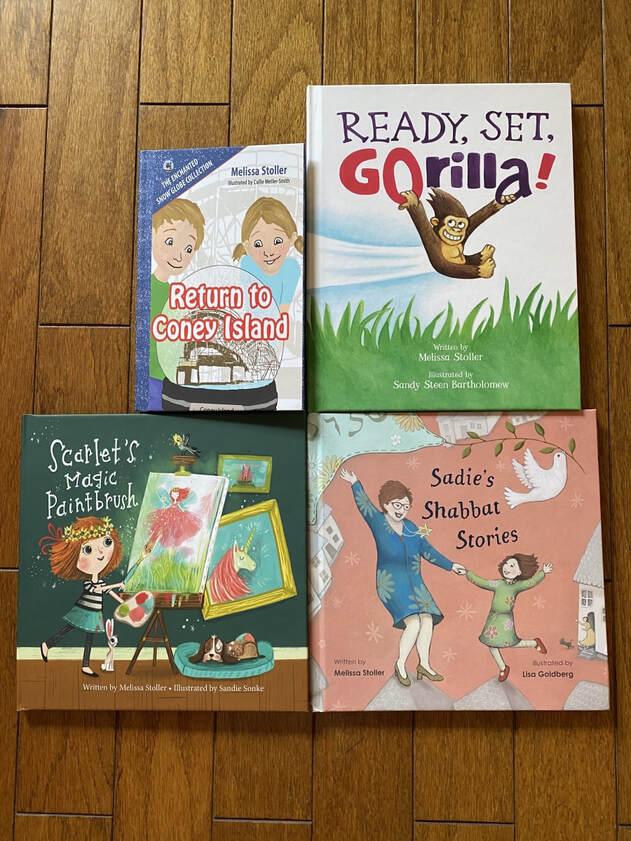
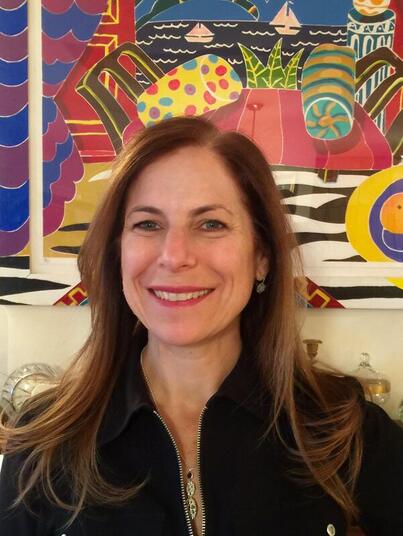
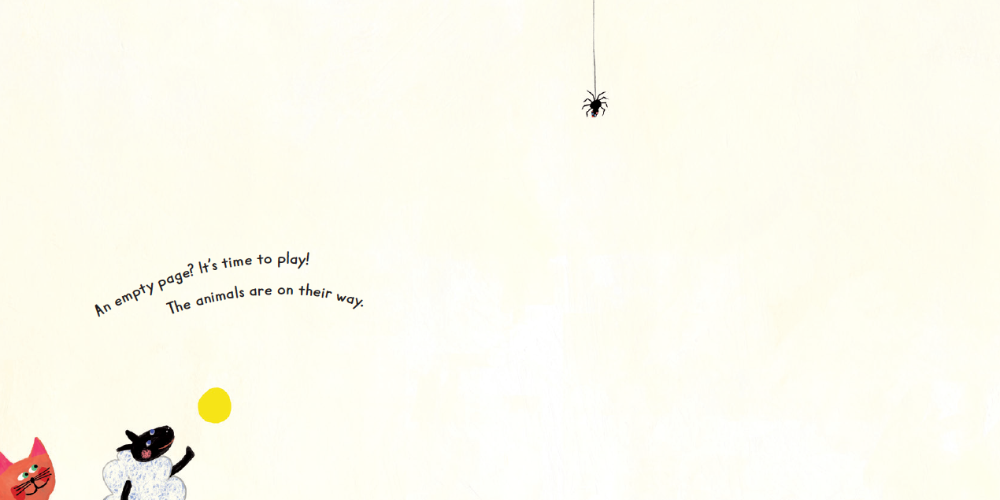
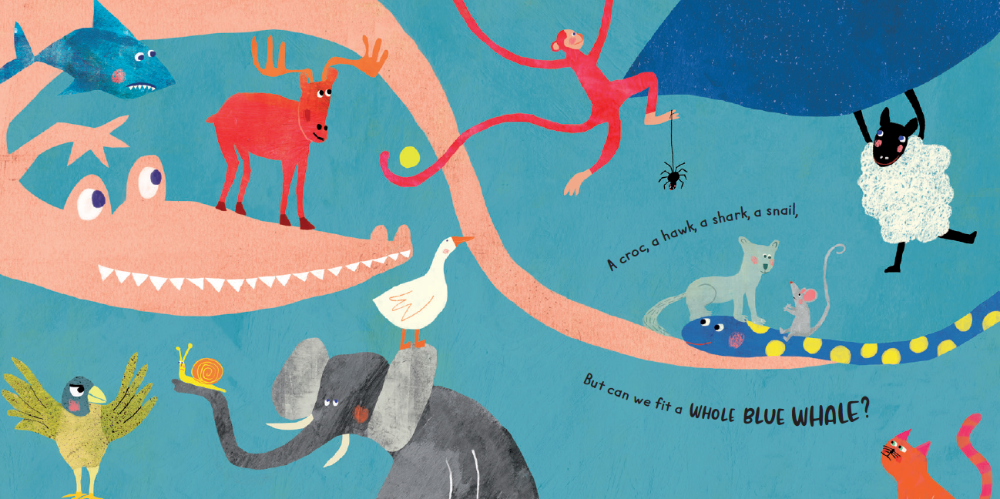
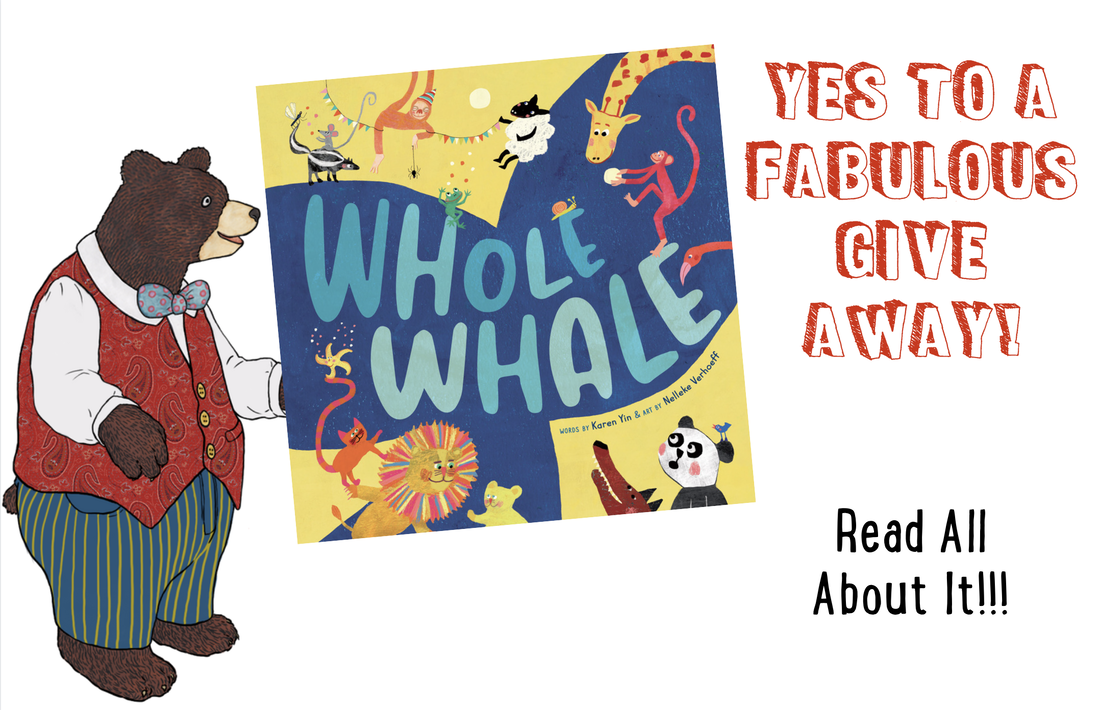
 RSS Feed
RSS Feed
